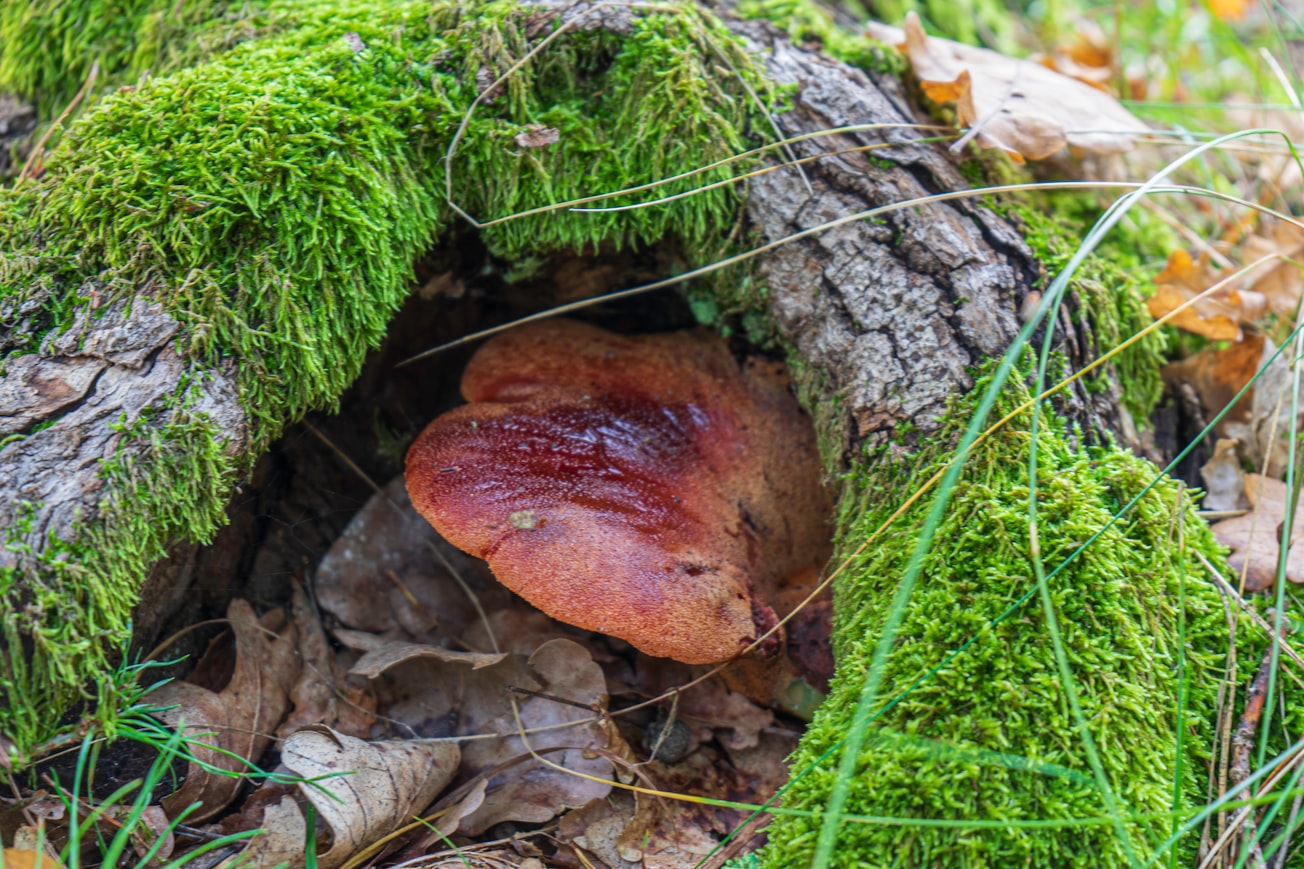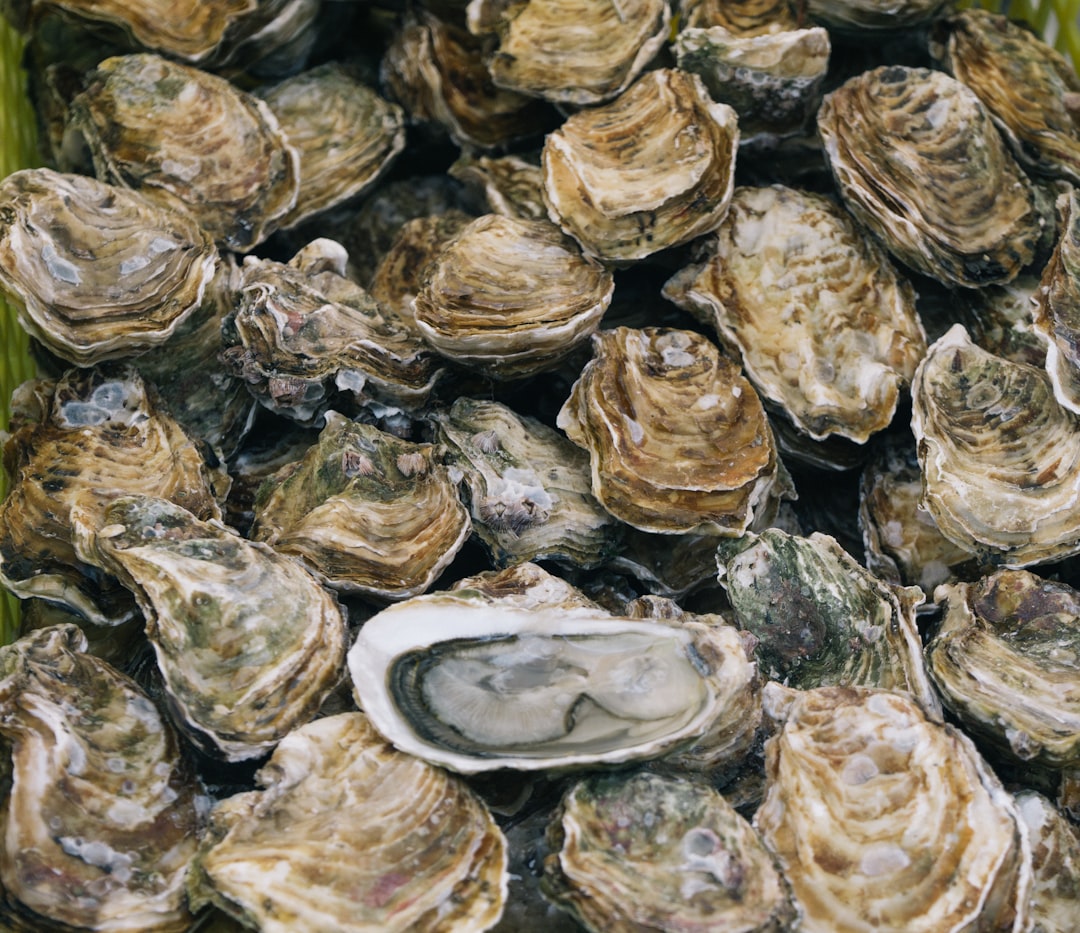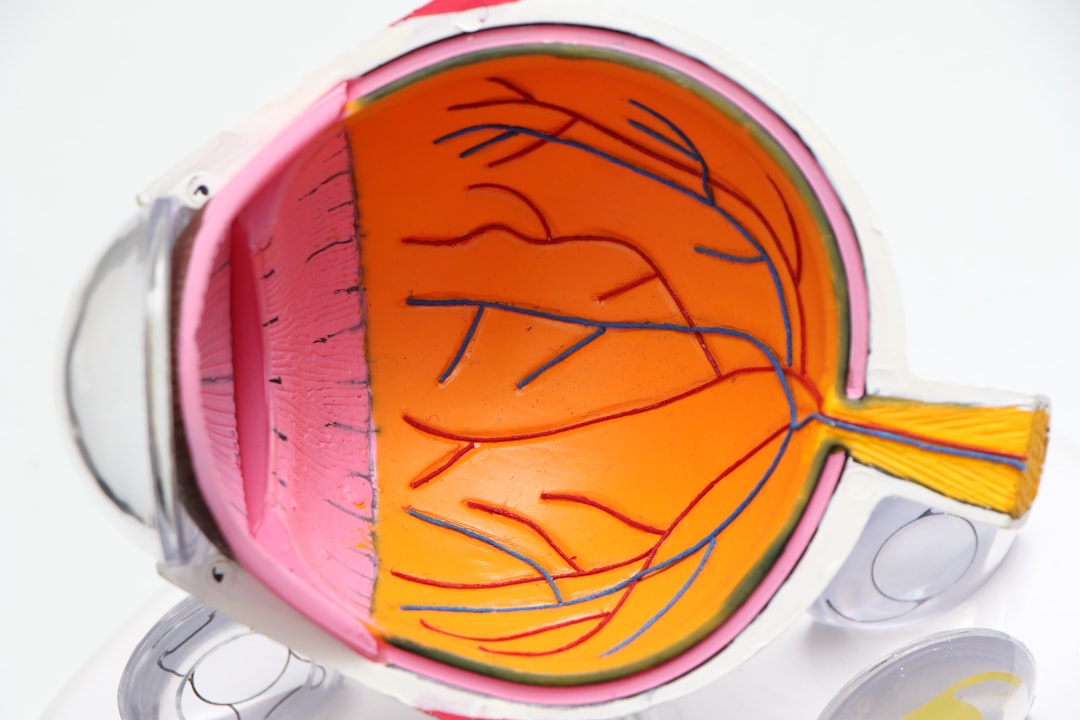What is it about?
Economic models are sometimes used to describe the trade of resources between symbiotic organisms, such as plants and their root-inhabiting fungi. Here, we used a laboratory experiment to measure the "price" of resource exchanges between plants and fungi, showing that these prices change in response to resource availability, but do not accurately predict the growth responses of plants or fungi.
Featured Image

Photo by Ando Shev on Unsplash
Why is it important?
Concepts from human economics have often been used to describe trading relationships between non-human species, such as plants and fungi. However, these hypotheses have rarely been tested, to see if species interactions truly function like "biological markets." This study reports one such test, using an example of the very common mycorrhizal symbiosis between trees and soil fungi.
Read the Original
This page is a summary of: Dirt cheap: An experimental test of controls on resource exchange in an ectomycorrhizal symbiosis, New Phytologist, November 2022, Wiley,
DOI: 10.1111/nph.18603.
You can read the full text:
Contributors
The following have contributed to this page










